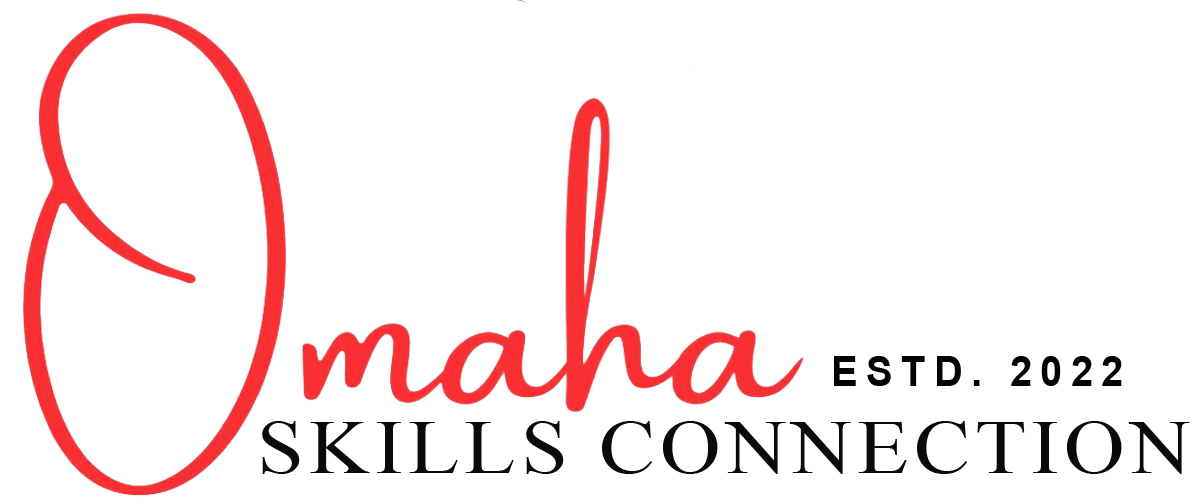
By: Greyson Bents, a student at the University of Nebraska at Omaha, as part of Heather Nelson’s Service Learning class.
There are many ways to define strengths. But how would it be defined it when talking about personal strengths? The Centre for Applied Positive Psychology (CAPP) defines personal strengths as “our pre-existing patterns of thought, feeling, and behavior that are authentic, energizing, and which lead to our best performance.” Many companies today are now choosing to focus and build off on their employee’s strengths. In the past this was not the case. Employers used to focus on what weaknesses you have and how they could overcome them. Rayna Schroeder, an experienced leadership coach, lays out some solid reasons on why we tend to focus on weaknesses over strengths.
- Our evolutionary tendency is to be vigilant about looking for problems.
- Problems often feel pressing.
- Social norms dictate that we retain some humility.
- We are not always aware of our strengths.
- We often believe that it is our weaknesses, rather than our strengths, that are our greatest areas for growth.
Utilizing strengths does not mean forgetting about weaknesses. They should be both be focused on but separately. Both are necessary for success in the workplace.
By now you must be wondering what the benefits of leveraging strengths are? The highly regarded Omaha company, Gallup, defines engaged employees as “Those who are involved in, enthusiastic about, and committed to their work and workplace.” Engaged employees are “fully absorbed in and enthusiastic about their work” so they take positive action to further the organization’s reputation and interests. Gallup has created the popular CliftonStrengths Assessment. This assessment is designed to deepen and enhance engagement, develop leaderships skills, and improve performance. It has been around for over twenty years and was based on a forty-year study of human strengths. It has time and time again had proven results, on the personal and workplace level.
In Marcus Buckingham’s Strengths-Based Leadership, he shares the following statistic around employee engagement and strengths: In organizations that do not focus on strengths, the level of employee engagement is about 9 percent. In organizations that focus on strengths—meaning employees do what they enjoy and do well—the level of employee engagement skyrockets to 73 percent. Every manager or department head should recognize this fact and utilize it to the best of their ability. Rayna Schroeder also mentions in her blog how managers can start with little changes such as conversing with subordinates about their strengths. Every workplace should have strength-based managers who are trained and able to help and notice fellow employee’s strengths.
Donald Clifton once said, “What leaders have in common is that each really knows their strengths, has developed their strengths, and can call on the right strength at the right time.”
References
Cartwright, D. (2021, December 3). 5 simple steps to leverage your strengths. The Daily Shifts – Find Your Purpose. Find Inner Peace. Retrieved September 26, 2022, from https://www.thedailyshifts.com/blog/5-simple-steps-to-leverage-your-strengths
Schroeder, R., SP Shalin Porwal, Ocampo, M., & BF Bill Fotsch. (2020, September 1). Understanding and leveraging strengths to increase employee engagement: ATD. Association For Talent Development. Retrieved September 26, 2022, from https://www.td.org/insights/understanding-and-leveraging-strengths-to-increase-employee-engagement
#strengthoverweakness #Gallup #strengthutilization #strengthbasedleadership #Cliftonstrengths
Omaha Skills Connection is a 501c3 non-profit organization located in Omaha, Nebraska established as a result of the post pandemic era to help bridge the skills gap between education, technology and today’s workforce. Omaha needs an educated, flexible and dynamic workforce in today’s knowledge-based economy. OSC connects talent to opportunity, modernizing employee development for today’s workforce.
